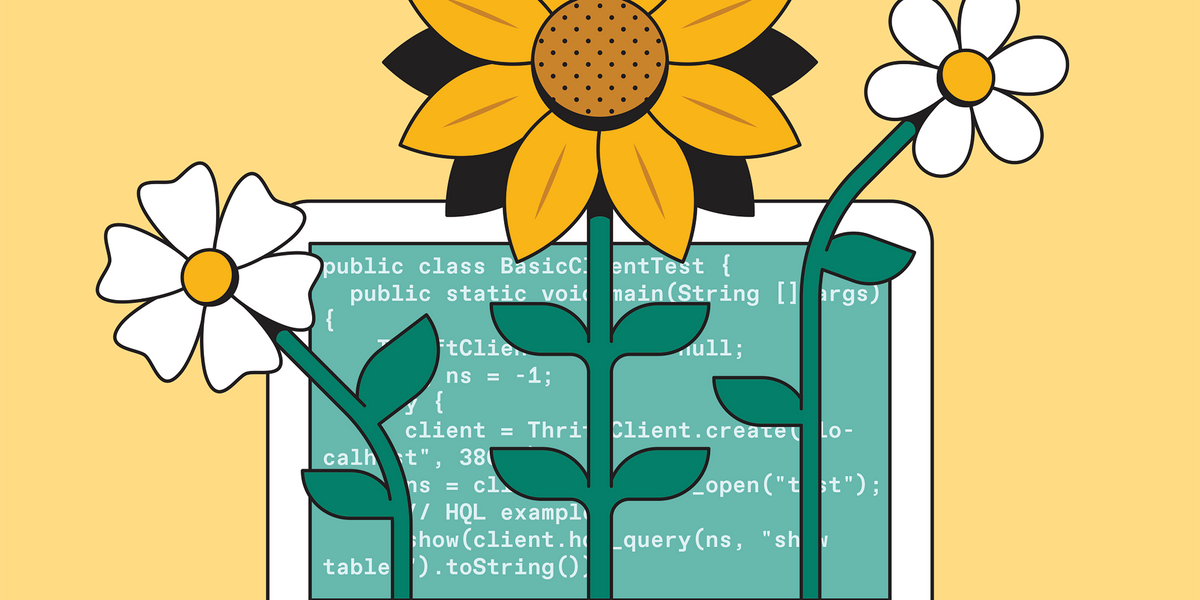Software may be eating the world, but it is also heating it.
In December 2023, representatives from nearly 200 countries gathered in Dubai for COP28, the U.N.âs climate-change conference, to discuss the urgent need to lower emissions. Meanwhile,
COP28âs website produced 3.69 grams of carbon dioxide (CO2) per page load, according to the website sustainability scoring tool Ecograder. That appears to be a tiny amount, but if the site gets 10,000 views each month for a year, its emissions would be a little over that of a one-way flight from San Francisco to Toronto.
This was not inevitable. Based on Ecograderâs analysis, unused code, improperly sized images, and third-party scripts, among other things, affect the COP28 websiteâs emissions. These all factor into the energy used for data transfer, loading, and processing, consuming a lot of power on usersâ devices. Fixing and optimizing these things could chop a whopping 93 percent from the websiteâs per-page-load emissions, Ecograder notes.
While software on its own doesnât release any emissions, it runs on hardware in data centers and steers data through transmission networks, which account for about
1 percent of energy-related greenhouse gas emissions each. The information and communications technology sector as a whole is responsible for an estimated 2 to 4 percent of global greenhouse gas emissions. By 2040, that number could reach 14 percentâalmost as much carbon as that emitted by air, land, and sea transport combined.
Within the sphere of software, artificial intelligence has its own sustainability issues. AI company
Hugging Face estimated the carbon footprint of its BLOOM large language model across its entire life cycle, from equipment manufacturing to deployment. The company found that BLOOMâs final training emitted 50 tonnes of CO2âequivalent to about a dozen flights from New York City to Sydney.
Green software engineering is an emerging discipline consisting of best practices to build applications that reduce carbon emissions. The green software movement is fast gaining momentum. Companies like
Salesforce have launched their own software sustainability initiatives, while the Green Software Foundation now comprises 64 member organizations, including tech giants Google, Intel, and Microsoft. But the sector will have to embrace these practices even more broadly if they are to prevent worsening emissions from developing and using software.
What Is Green Software Engineering?
The path to green software began more than 10 years ago. The
Sustainable Web Design Community Group of the World Wide Web Consortium (W3C) was established in 2013, while the Green Web Foundation began in 2006 as a way to understand the kinds of energy that power the Internet. Now, the Green Web Foundation is working toward the ambitious goal of a fossil-free Internet by 2030.
âThereâs an already existing large segment of the software-development ecosystem that cares about…
Read full article: What Is Green Software and Why Do We Need It?

The post “What Is Green Software and Why Do We Need It?” by Rina Diane Caballar was published on 03/23/2024 by spectrum.ieee.org



































